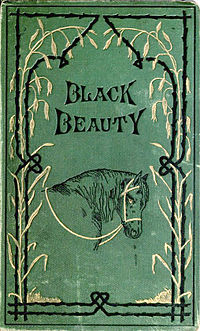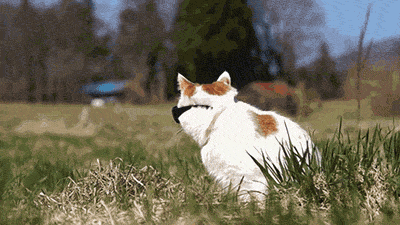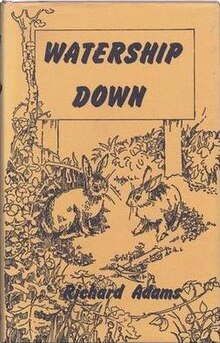 Black Beauty by Anna Sewell
Black Beauty by Anna SewellJarrold & Sons - November 24, 1877
281 pages
"We call them dumb animals, and so they are, for they cannot tell us how they feel, but they do not suffer less because they have no words."
When his beloved owners are forced to sell him, Black Beauty leaves his life as a young, carefree colt behind him and embarks on a working life of misery. Cruelly treated by his new masters, Anna Sewell rails against animal mistreatment in this poignant tale of a horse whose spirit can not be broken.
Can I express to you how much I love this novel adequately? I don't think so, but I'm certainly going to try.
You may have noticed, loyal blog readers, that this book has been in my "Currently reading" section for quite a while. It's not because I disliked Black Beauty, as the above paragraph clearly shows, but rather because I got bogged down reading several other books.
As a self-described "3/4 animal-rights activist", I wholeheartedly agree with the particular messages that Sewell is trying to send. While I eat poultry and keep a pet, I am fully against the mistreatment of horses, especially by using a whip to drive a horse past its breaking point. Even though I already felt this way before, Black Beauty is enough to change the majority of people.
Grade: A












